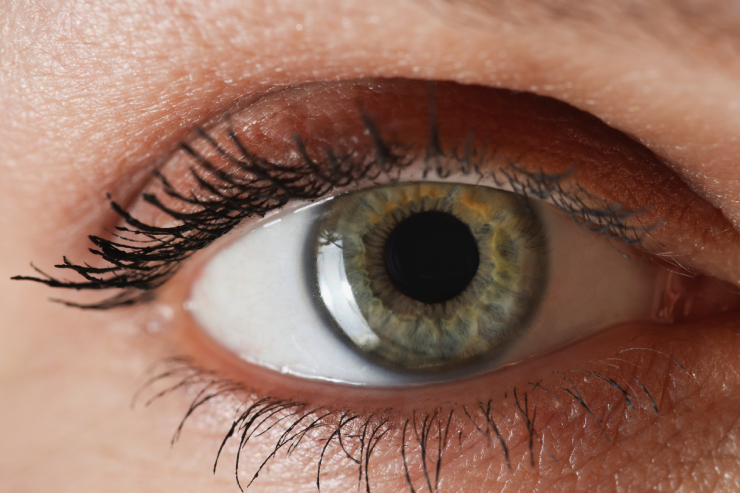
Hyperopia, commonly known as farsightedness, is a common vision condition where distant objects are seen more clearly than those that are close up. This occurs when the eyeball is too short or the cornea has too little curvature, causing light to focus behind the retina rather than directly on it. As a result, close-up tasks like reading, writing, or using a smartphone can become challenging.
Causes and Risk Factors Hyperopia is often present from birth and can be hereditary. It may also become more noticeable as you age, particularly after the age of 40, when the eye’s natural lens begins to lose its flexibility. While hyperopia is less common than myopia (nearsightedness), it can affect people of all ages.
Symptoms of Hyperopia If you have hyperopia, you might experience:
Diagnosis and Treatment Hyperopia is usually diagnosed during a comprehensive eye exam. If you’re diagnosed with hyperopia, several effective treatment options can help you see clearly:
At Sri Nirwana Netralaya, we believe that your vision is not just a sense, but a gift that deserves the highest level of care and attention. Our hospital is committed to preserving and enhancing this gift through a blend of cutting-edge technology, skilled professionals, and a compassionate approach to patient care.